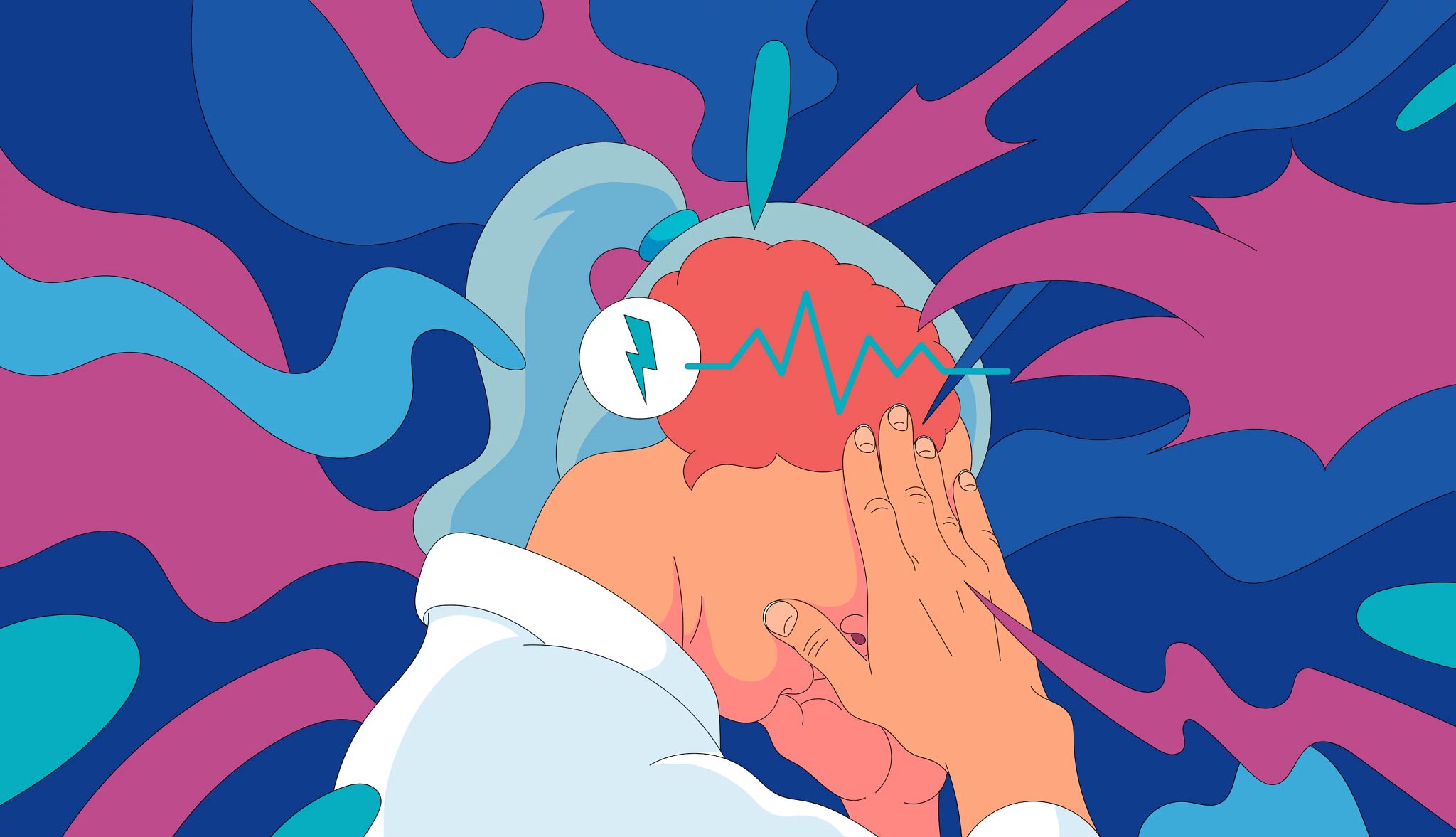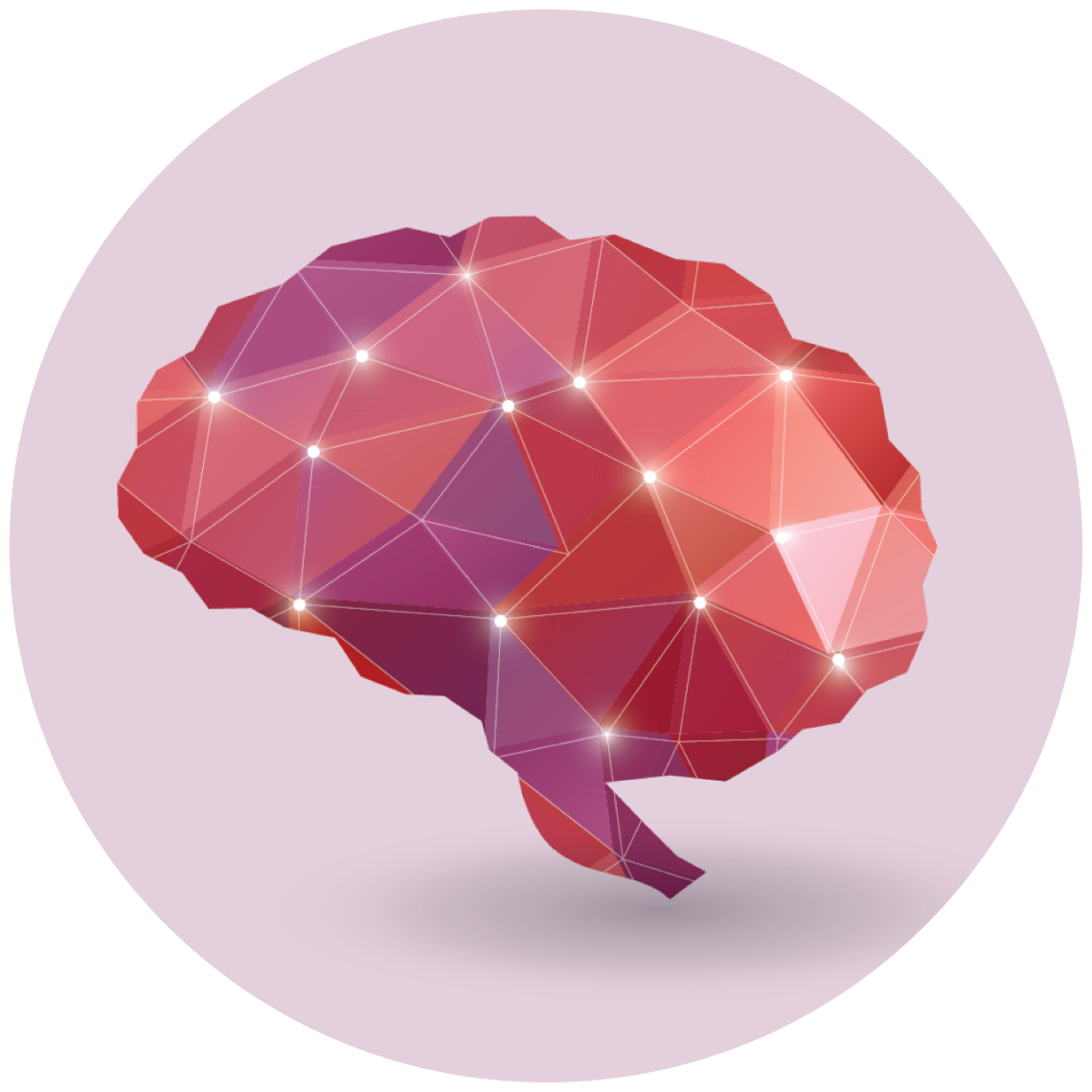AARP Hearing Center


Allen Handelman, a 68-year-old resident of Rochester, New York, began to experience moments of disorientation and garbled speech sometime in 2019. Because they lasted only one to three minutes, he rationalized that the spells were nothing to worry about.
He continued his active life, traveling in his 1961 Shasta camper, kayaking and riding his bike when not working on affordable housing. He didn’t tell his primary care doctor about the episodes until October 2022.
Handelman’s doctor sent him to a neurologist, but a routine electroencephalogram (EEG) was normal, so he left without answers. A few months later, he had a grand mal seizure with full-body convulsions. He finally had a diagnosis: late-onset epilepsy.
A seizure happens when there is a sudden surge in electrical activity of the brain. When more than one seizure occurs, the condition is called epilepsy. If it develops after age 50, it is called “late-onset epilepsy.”
The lapses, which are often subtle and fleeting, can make a diagnosis challenging. Because Handelman never lost consciousness during the first, brief episodes, he didn’t think much of them.
Older adults account for 25 percent of first-time seizures. Epilepsy is the third-most-common neurologic condition affecting adults over the age of 50 after stroke and dementia, yet many unknowingly discount these glitches as senior moments, fatigue or just having an “off day.”
What are the epilepsy clues?
About a third of people are misdiagnosed, and one-quarter may experience a delay in diagnosis of up to two years, says Dr. Vineet Punia, an epileptologist at the Cleveland Clinic, whom Handelman saw for a second opinion last year.
“Most people think of seizures as this big convulsion with big dramatic falling and convulsive movement,” says Dr. Joe I. Sirven, professor of neurology and chair emeritus of the department of neurology at the Mayo Clinic in Arizona.
But people over 50 are more likely to experience “what we call focal seizures,” he says. A person may feel a momentary dizziness or tremor in an arm or leg, lapses in memory, sudden fatigue or confusion.





































































More From AARP
6 Brain Myths and Truths
Learn strategies for remaining healthy as you age at AARP® Staying Sharp®
Brooke Shields Opens Up About Seizure
The actress says low sodium levels caused by overhydration triggered attackInsider Secrets From a Top Emergency Room Doctor
18 tips to help you get better care and navigate the emergency room with confidence